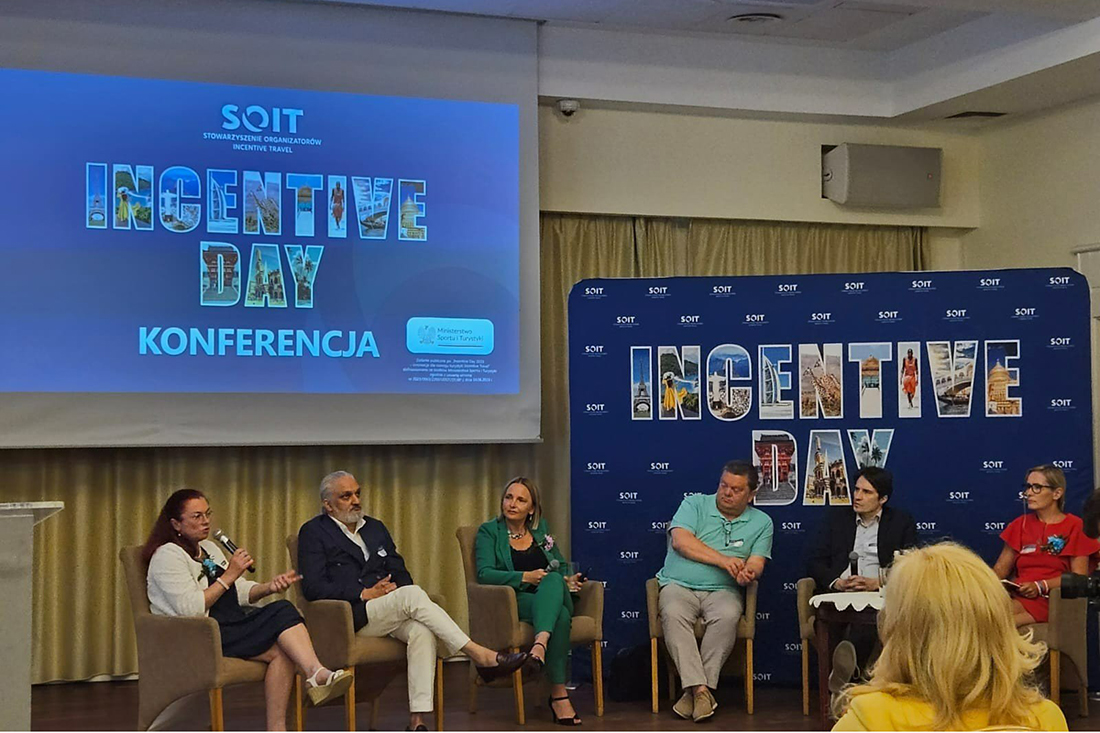
Vietnam E-visa Newest Updates - Everything You Need To Know
In the ever-evolving landscape of international travel, Vietnam has recently implemented new e-visa policies that are set to revolutionize the way travelers enter this captivating country. For those planning a trip to Vietnam, understanding these changes is essential to ensuring a smooth and hassle-free experience. In this comprehensive guide, we'll delve into the details of Vietnam's new e-visa policies, covering everything from eligibility criteria to the application process and the benefits of this innovative system.
Vietnam E-visa extension expected to boost tourism
What Is an E-Visa?
An e-visa, short for electronic visa, is a digital travel authorization that allows foreign nationals to enter Vietnam for tourism, business, or transit purposes. This online system eliminates the need for traditional paper visas and simplifies the application process for travelers.
The Vietnam e-visa was officially launched in February 2017 and has since drawn the attention of thousands of foreigners wishing to enter Vietnam.
The Vietnam e-visa was officially launched in February 2017 and has since drawn the attention of thousands of foreigners wishing to enter Vietnam.
Vietnam E-Visa for All
Starting August 15, 2023, Vietnam has implemented a new electronic visa (e-visa) system for all nationalities. The sudden ease in travel convenience promises to inject a substantial boost into the country’s tourism industry, which has struggled to find pre-pandemic success in part due to bureaucratic regulations.
Extended Stay for Selected Countries
As of August 15, 2023, Vietnam's e-visa is now valid for up to 90 days, granting the privilege of single or multiple entries. The specific terms are indicated on the e-visa, regardless of their purpose of visit, including tourism, business, or visiting relatives.
Up until now, 25 countries have been exempt from a Vietnam visa. In a bid to strengthen international relations, Vietnam has extended the duration of stays from 15 to 45 days for citizens of specific countries who are unilaterally exempt from visas. These countries include Germany, France, Italy, Spain, the U.K., Northern Ireland, Russia,Denmark, Sweden, Japan, South Korea, Norway, Finland, and Belarus. Travelers from these nations can stay for 45 days from their entry time, regardless of passport type or purpose of visit.
Up until now, 25 countries have been exempt from a Vietnam visa. In a bid to strengthen international relations, Vietnam has extended the duration of stays from 15 to 45 days for citizens of specific countries who are unilaterally exempt from visas. These countries include Germany, France, Italy, Spain, the U.K., Northern Ireland, Russia,Denmark, Sweden, Japan, South Korea, Norway, Finland, and Belarus. Travelers from these nations can stay for 45 days from their entry time, regardless of passport type or purpose of visit.
More Entry Points
With an expanded network of 42 entry points, e-visa holders can now enjoy smoother entry and exit processes.
List of Ports Allowing E-Visa Holders to Enter and Exit Vietnam
Benefits of Vietnam's E-Visa System
Vietnam's transition to an e-visa system offers several advantages for travelers:
- Convenience: The online application process eliminates the need to visit an embassy or consulate, saving you time and effort.
- Faster Processing: E-visas are processed faster than traditional visas, allowing you to plan your trip with more flexibility.
- Cost-Effective: E-visas are often more affordable than traditional visas, making Vietnam a budget-friendly destination.
- Reduced Paperwork: With e-visas, there's no need to deal with physical paperwork or passport stamps, streamlining your entry process.
Tips for a Smooth Travel Experience with Vietnam e-visa
Vietnam e-visa requirements:
- You must possess a passport valid for at least 6 months from your expected entry date into Vietnam and have at least 2 blank pages.
- You need a credit/debit card for online payments.
- Prepare scans of your passport page and photo that meet the specified requirements.
How to obtain a Vietnam e-visa:
- Access to https://evisa.xuatnhapcanh.gov.vn/ and complete the application form as per the Vietnam e-visa online application form guide.
- Pay the e-visa fee.
- Check the e-visa status in 3 - 5 working days, download it and then print it out to enter Vietnam.
Vietnam E-visa Fees & Processing time:
- An e-visa for Vietnam costs you 25 USD for single entry and 50 USD for multi entry (per person). E-visa fee is paid via an electronic payment gateway as prescribed by the Immigration Department. The fee will not be refunded if the application is denied.
- Typically, it takes 3-5 working days to receive the e-visa letter; however, the processing time may be influenced by a high volume of applicants or public holidays. Therefore, it's advisable to apply for this type of visa 1-2 weeks before your departure.
Additional Tips:
- Submit your e-visa application well in advance of your travel date to account for processing times.
- Review your application thoroughly to ensure all details are accurate and align with your passport information.
- Have both a digital and printed copy of your e-visa and other essential documents for easy access during your journey.
- Global travelers seeking entry into Vietnam can apply for an E-visa personally as per the guidelines mentioned above or through a reliable and trustworthy local company. The experts at Asia Color Travel & DMC are well-versed in these changes and ready to assist you in securing Vietnam e-Visas for a smooth and trouble-free journey. Feel free to contact us for more information or assistance!


.jpg)
